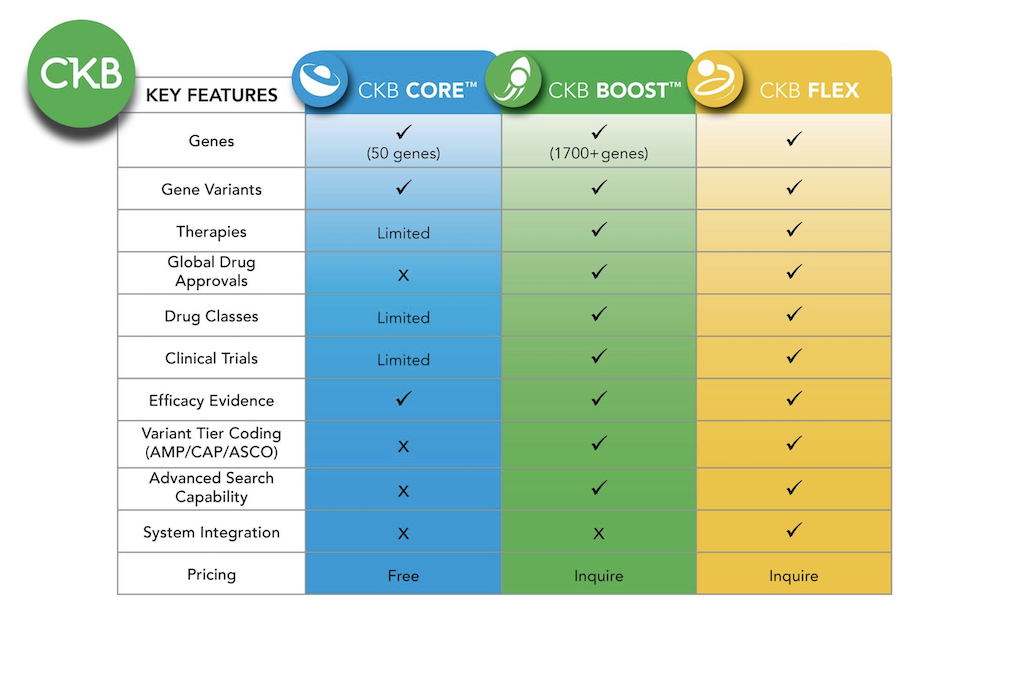Gene Detail
Contact
Missing content? – Request curation!
Request curation for specific Genes, Variants, or PubMed publications.
Have questions, comments, or suggestions? - Let us know!
Email us at : ckbsupport@jax.org
| Gene Symbol | SRC | ||||||||||
| Synonyms | ASV | c-SRC | p60-Src | SRC1 | THC6 | ||||||||||
| Gene Description | SRC, SRC proto-oncogene, non-receptor tyrosine kinase, is a member of mutliple signaling pathways, playing a role in a variety of cellular processes including proliferation, differentiation, survival, motility, and angiogenesis (PMID: 19581523). Activation and/or overexpression of SRC has been observed in many cancers (PMID: 24788409), and SRC activating mutations, although rare, have been identified in colon cancer (PMID: 9988270, PMID: 19581523). | ||||||||||
|
|||||||||||
Additional content available in  CKB BOOST
CKB BOOST
